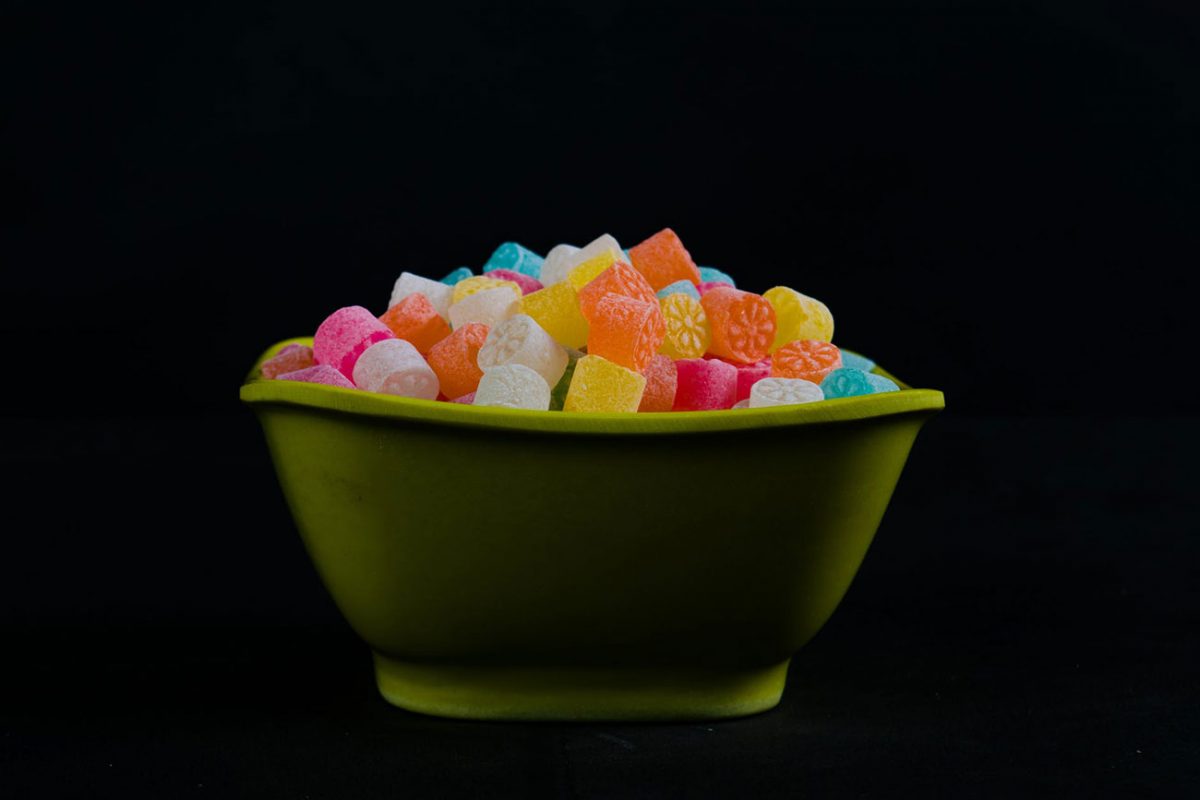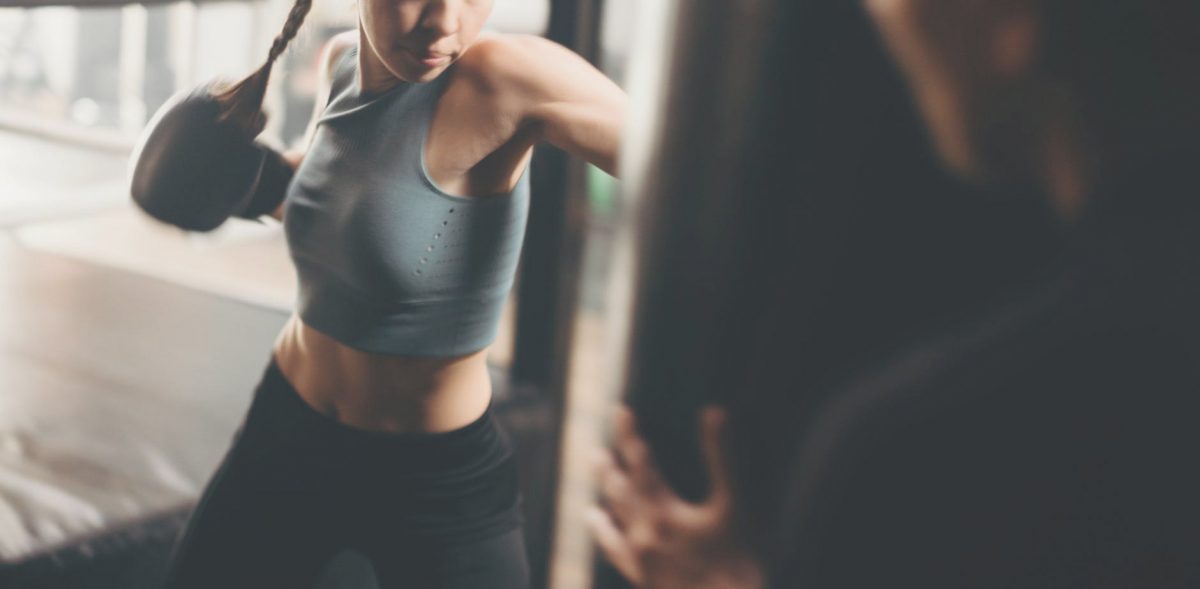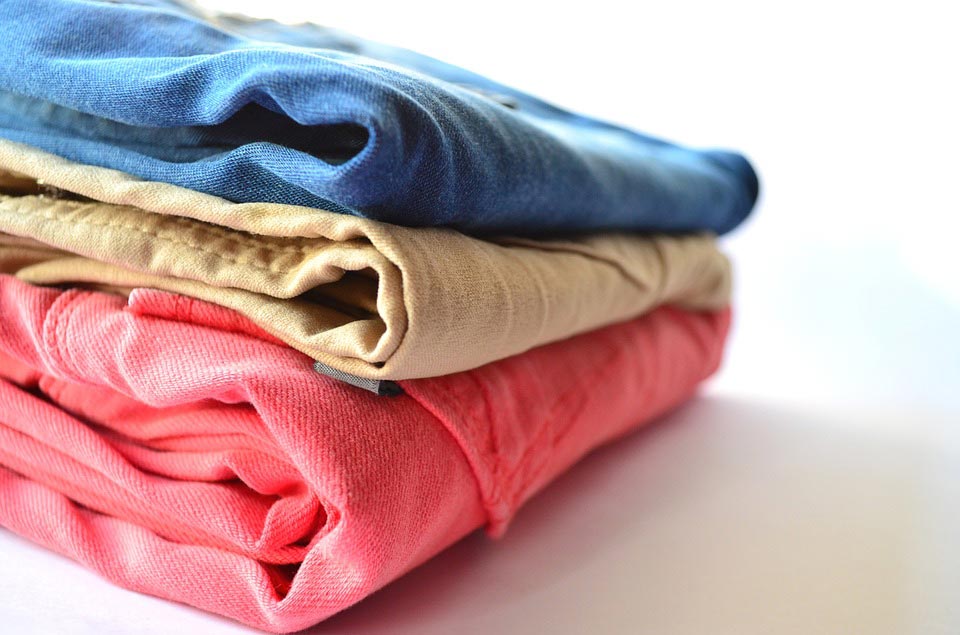Cultures may have different confinement practices and traditions but the objectives remain relevant- to provide the care and support new mothers need in order for them to recover physically after childbirth and help them transition smoothly into motherhood considering all the emotional challenges. Confinement typically takes place up to 30 to 45 days following delivery.
Ideally, mothers or elder female relatives of new parents help with confinement but if that would not be possible, moms turn to confinement services, which are very helpful in these modern times. It is so much easier to find a confinement lady these days because you can simply go online and do your search. You also have the option to choose a confinement service that works for you. However, not all confinement centres are equal. If it is your health and safety that are at stake, you need to know how to choose the right confinement centre in Penang or in other locations, for that matter. If you aren’t sure which confinement centre to choose.
Let this guide help you find the right one.
Search online or ask referrals for confinement centres
To find the right confinement centre in Penang, you need to get to know the best ones around. It is easy to search for numerous companies because you can simply go online, but it is hard to know which ones are the best. What you can do is ask for friends or relatives’ referrals. Ask about their experience with a particular company so you can get a firsthand review of someone you trust. Consider their recommendations and include them in your shortlist. If they do not have past experience, check out reviews of the most recommended centres online.
Check the qualifications of confinement ladies
Confinement services may be based on tradition, but they need qualifications and certifications. They will be responsible with you and your newborn, so you should be at ease that your confinement lady is qualified for the responsibility. They are not just elder women who know how to babysit, but they should be trained about proper hygiene, baby bathing, confinement meals preparation and others.
Ask about experience
The main service of a confinement centre is providing confinement ladies for new moms. The lady should have ample experience in taking care of a mother who had just given birth and her newborn. She may be trained but that might not be enough, for experience matters a lot especially in this role because she cannot afford to make major mistakes. She must have at least a year of experience apart from training.
Caring for a newborn and a mom who had just given birth is not an easy task that is why most moms are very careful in picking their confinement lady from a reputable centre.












